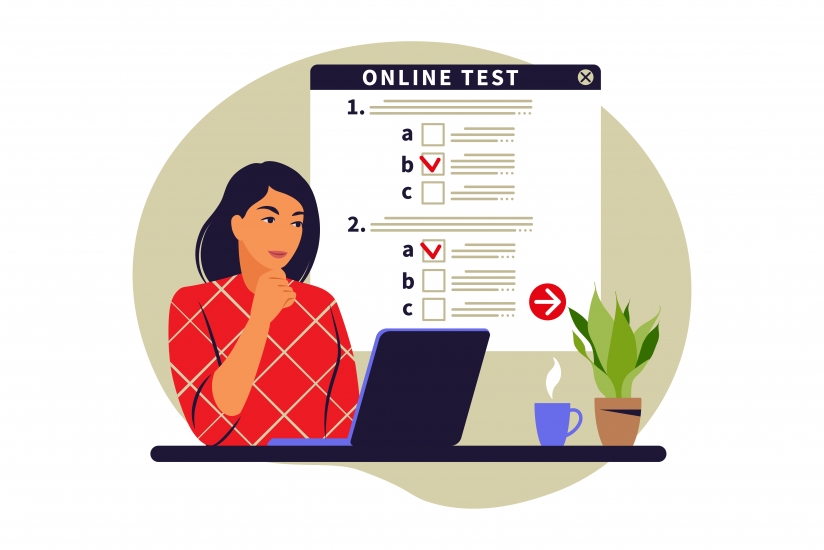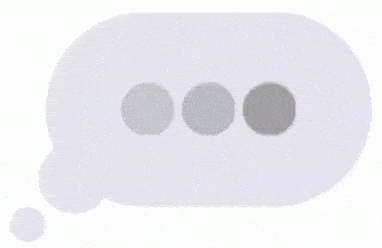Do you feel your heart racing and your palms sweating when you think about exams? You’re not alone. Exam anxiety is a common phenomenon for students, and it can range from mild feelings of worry to intense physical and psychological symptoms.
Fortunately, Cognitive Behavioral Therapy (CBT) offers a range of techniques that can help reduce exam anxiety and give you the confidence and clarity to do your best. In this blog post, we'll look at some of the best CBT techniques that can help ease exam anxiety.
Relaxation Breathing:
Relaxation breathing is an effective CBT technique to help manage exam anxiety. It helps to slow down the physical effects of stress and helps to relax your mind and body. This technique involves taking deep breaths, letting them out slowly and focusing on your breath as it moves in and out of your body.
Focus on each breath and let go of any thoughts or worries that arise. Try to do this for at least five minutes before you begin studying or preparing for your exams. Doing this will help you clear your head and refocus on what you need to do to be successful.
Visualization:
Visualization is a type of cognitive behavioral therapy (CBT) that can be used to help reduce exam anxiety. This technique involves using imagination to create mental images and scenarios that are designed to help you feel calm and relaxed.
Visualization can be used to help create a positive image of the upcoming exam, such as seeing yourself succeeding and feeling confident in your abilities. It can also be used to create an image of yourself in the exam hall, feeling calm and relaxed while taking the exam.
Stimulus Control:
One way to use stimulus control is to avoid doing activities that increase your stress levels in the days leading up to the exam. This might include avoiding studying for long periods of time, avoiding caffeine, limiting social media usage, and only studying when you’re feeling motivated and energized.
Another way to use stimulus control is to modify your environment during the exam. This includes being aware of factors such as temperature, lighting, noise, and other sensory cues that can affect your anxiety levels. If possible, try to find a quiet space away from distractions and ensure that you’re comfortable before starting the exam.
Cognitive restructuring or reframing:
When using cognitive restructuring, it’s important to be mindful and challenge each thought or belief in order to recognize any underlying irrational beliefs. For example, an irrational belief about an upcoming exam could be, “I am going to fail this exam, no matter what.” A more rational thought would be, “I may not do as well as I’d like on this exam, but I am still capable of passing it.”
This type of CBT technique requires practice and commitment. It can take some time for the new thought patterns to become natural, so it’s important to continue to challenge irrational thoughts and focus on positive ones. Once the process is mastered, it can make a huge difference in terms of reducing exam anxiety.
Conclusion:
Exam anxiety can be particularly hard to deal with, since there is no known cure. However, by applying some CBT techniques to your own mental well-being, you can really ease the strain that exam time puts on you. Hopefully these techniques will help you do well on your exams, and keep the stress of test taking at bay!












